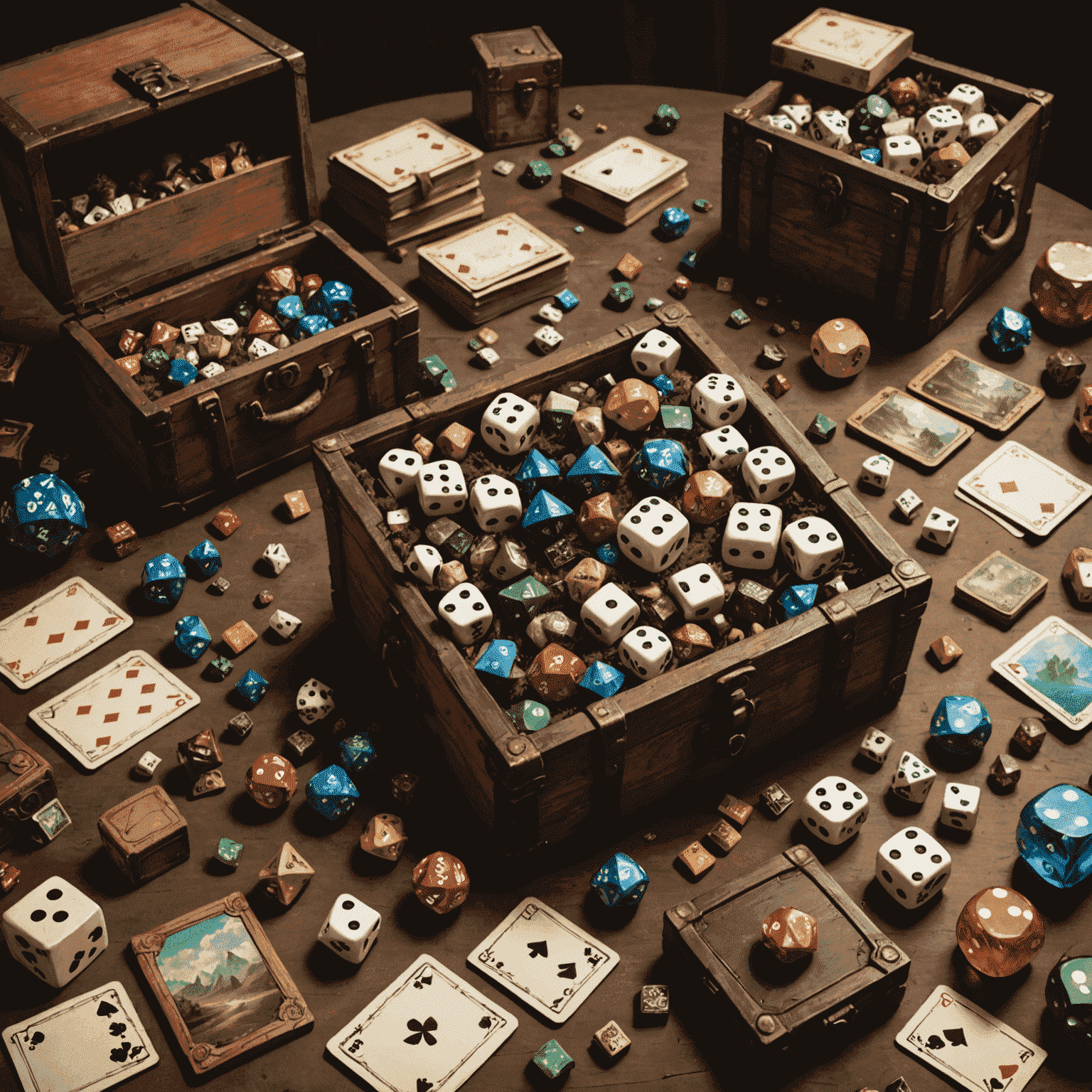Randomization in Game Design: The Art of Unpredictability

In the world of game design, randomization plays a crucial role in creating engaging and unpredictable experiences. From loot drops to procedurally generated content, game developers harness the power of chance to keep players on their toes and coming back for more.
The Role of Randomization in Games
Randomization in games serves several purposes:
- Increasing replayability
- Creating unique experiences for each player
- Balancing gameplay and difficulty
- Simulating real-world unpredictability
Loot Drops: The Thrill of the Unknown
One of the most common applications of randomization in games is the loot system. Whether you're playing a role-playing game (RPG) or a first-person shooter, the excitement of not knowing what reward you'll receive keeps players engaged. This system mimics the thrill of a lottery draw, where each opened chest or defeated enemy could potentially yield a rare and valuable item.
Procedural Generation: Infinite Possibilities
Procedural generation takes randomization to the next level. By using algorithms to create game content, developers can offer vast, unique worlds for players to explore. Games like "Minecraft" and "No Man's Sky" use this technique to generate landscapes, creatures, and even entire planets, ensuring that no two players have exactly the same experience.

Balancing Randomness and Skill
While randomization adds excitement, game designers must carefully balance it with skill-based elements. Too much randomness can make a game feel unfair, while too little can make it predictable. The key is to use randomization to create opportunities for strategic decision-making.
Case Study: Collectible Card Games
Collectible card games like "Hearthstone" or "Magic: The Gathering" exemplify this balance. The random draw of cards creates uncertainty, but skilled players can build decks and develop strategies to maximize their chances of success. This combination of luck and skill keeps the games fresh and competitive.
The Future of Randomization in Games
As technology advances, we can expect to see even more sophisticated uses of randomization in game design. Machine learning algorithms could create adaptive experiences that tailor the level of randomness to each player's preferences and skill level.
Randomization in games, much like the excitement of a lottery draw, continues to captivate players by offering the promise of unexpected outcomes and unique experiences. As game designers refine these techniques, we can look forward to even more engaging and unpredictable gaming adventures in the future.
